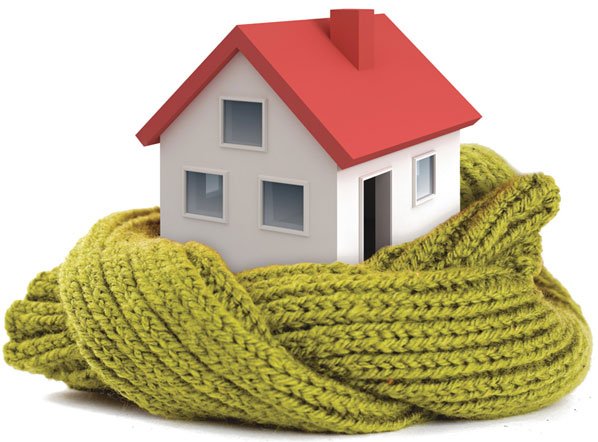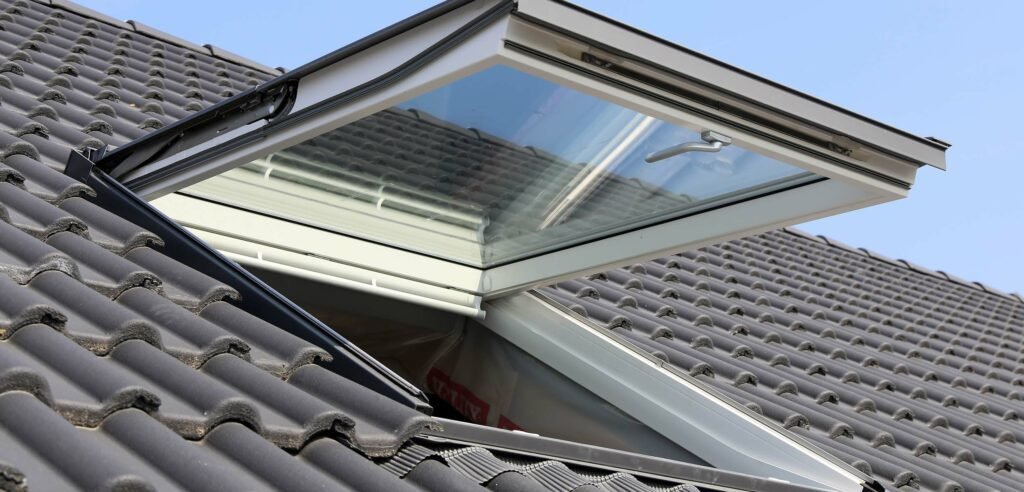As winter approaches, the chill in the air often leads to a rise in energy bills. However, you don’t have to sacrifice comfort for cost. With a few strategic adjustments and smart practices, you can save significantly on your electricity expenses while still enjoying a warm and cozy home. Here are some effective ways to warm up your wallet this winter.
1. Optimize Your Heating System
One of the major contributors to elevated electricity bills during winter is heating. If you haven’t had your heating system inspected recently, it’s a good idea to arrange for a professional evaluation. Routine maintenance, including cleaning filters and checking for leaks, can help your system operate more efficiently.
You might also want to consider upgrading to a programmable thermostat. This handy device enables you to set different temperatures for various times of the day. For instance, you can lower the temperature while you’re at work and schedule it to warm up just before you get home, allowing for considerable savings without sacrificing comfort. Additionally, if you’re in Utah, consider installing a tankless water heater. These energy-efficient units provide hot water on demand, reducing energy waste and further contributing to lower electricity costs.
2. Seal Drafts and Insulate
Drafts can be sneaky and lead to major heat loss. Check windows, doors, and even outlets for air leaks. Simple solutions include using weatherstripping around doors and windows and applying caulk to seal any gaps.
Don’t overlook the importance of insulation. If your home has inadequate insulation, heat can escape quickly. Invest in insulating your attic, walls, and floors, which can dramatically improve your home’s energy efficiency. Additionally, consider adding insulation to your water heater and pipes to retain heat and reduce energy consumption.
3. Utilize Natural Heat Sources
Take advantage of natural heat from the sun during the day. Open curtains and blinds on south-facing windows to let sunlight in, warming up your home naturally. As the sun sets, close them to retain the heat.
Using ceiling fans can also help. During winter, run your ceiling fan in reverse (clockwise) at a low speed. This will circulate warm air that rises, redistributing it throughout the room.
4. Adjust Your Heating Schedule
Many people tend to heat every room in the house equally, but this may not be necessary. Identify the rooms you use the most, like the living room and kitchen, and focus your heating efforts there. Close doors to unused rooms and adjust vents to direct heat where it’s needed most.
Consider layering up with warm clothing and blankets, allowing you to lower your thermostat a few degrees without feeling chilly. A drop of just a few degrees can lead to considerable savings on your energy bill.
5. Invest in Energy-Efficient Appliances
If you’re in the market for new appliances, look for those with the ENERGY STAR label. These appliances are designed to use less energy than their non-efficient counterparts, helping you save money in the long run.
While it may be a larger upfront investment, energy-efficient heating systems, such as heat pumps or high-efficiency furnaces, can significantly lower your electricity bills and reduce your carbon footprint.
6. Limit the Use of Space Heaters
While space heaters can be effective for quickly heating small areas, relying on them for extended periods can be expensive. If you do use space heaters, be strategic. Only heat the rooms you’re occupying, and turn them off when you leave the room.
If you’re considering space heaters, opt for energy-efficient models and ensure they have safety features like automatic shut-off and tip-over protection.
7. Monitor and Manage Your Energy Consumption
Keep an eye on your electricity usage to identify patterns and areas for improvement. Many utility companies provide online tools to help you track your energy consumption. This can help you see how changes in your habits can lead to savings.
Consider using energy monitors or smart plugs to gauge the energy usage of specific devices. This insight can help you make informed decisions about which appliances to unplug or use less frequently.
8. Utilize Alternative Heating Sources
In some cases, alternative heating methods may be an option. If you have a fireplace, use it to supplement your heating system. Ensure the flue is closed when not in use to prevent heat from escaping.
If possible, consider using heating pads or blankets in the evening while watching TV or reading. This allows you to stay warm without raising the thermostat.
In Conclusion
Saving on electricity during the winter doesn’t have to mean sacrificing comfort. By optimizing your heating system, sealing drafts, and making thoughtful adjustments to your habits, you can enjoy a cozy home while keeping your energy bills in check. With these effective strategies, you’ll not only warm up your space but also warm up your wallet this winter. Embrace these changes, and watch as your winter expenses shrink, leaving you more money for the things you love.













